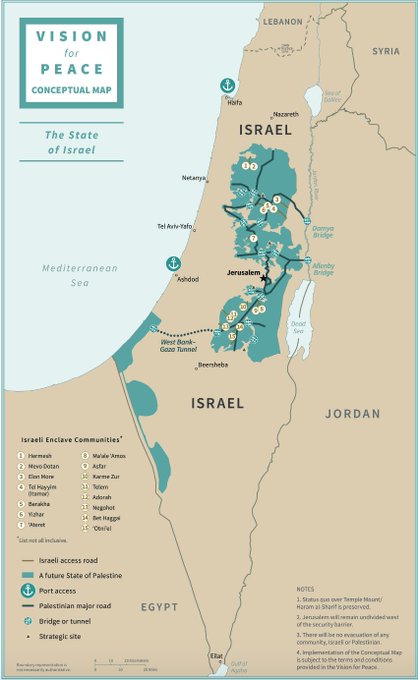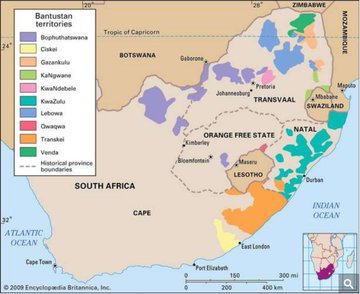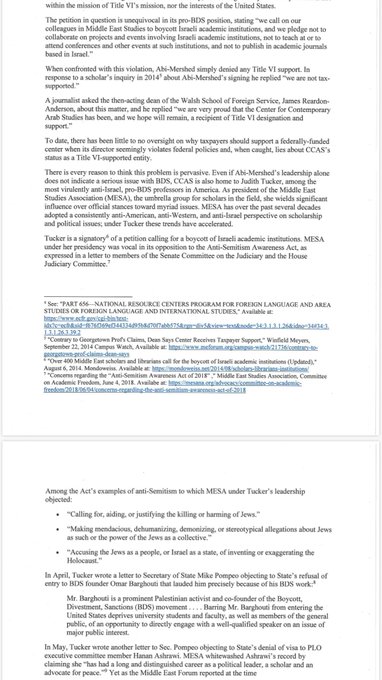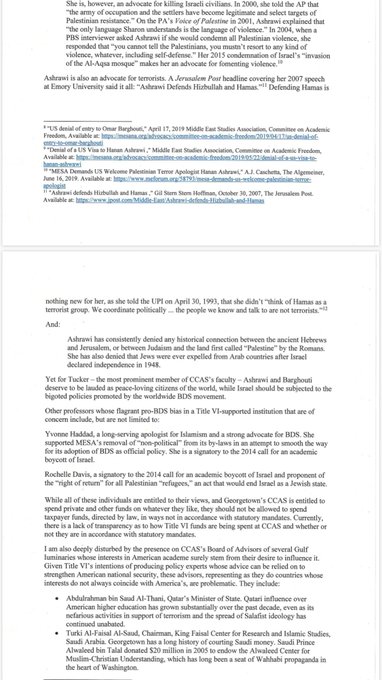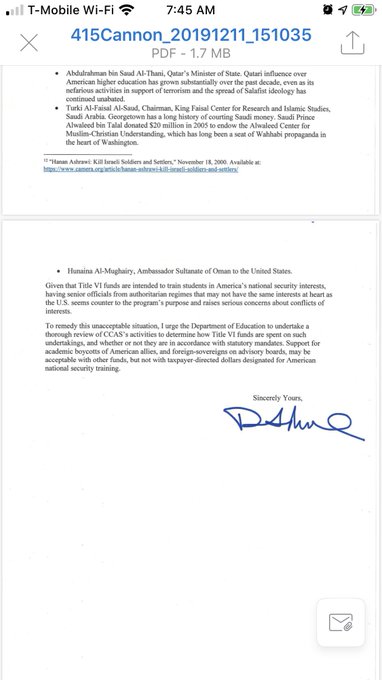A Brief Colonial History Of Ceylon(SriLanka)
Sri Lanka: One Island Two Nations
A Brief Colonial History Of Ceylon(SriLanka)
Sri Lanka: One Island Two Nations
(Full Story)
Search This Blog
Back to 500BC.
==========================
Thiranjala Weerasinghe sj.- One Island Two Nations
?????????????????????????????????????????????????Friday, January 31, 2020
'We want to return': Palestinian refugees in Lebanon dismiss Trump's plan
For Palestinians in refugee camps there can be no substitute for returning to their homeland
Palestinian demonstrators set an image of US President Donald Trump on fire during a protest in the Rashidiyah camp near Lebanon's southern port city of Tyre (AFP)
By Abby Sewell in Bourj al-Barajneh, Lebanon-30 January 2020
 Ali al-Hajj was a child when her family was expelled from Akka, on Palestine’s northern coast, to Lebanon in 1948.
Ali al-Hajj was a child when her family was expelled from Akka, on Palestine’s northern coast, to Lebanon in 1948.
“I came when I was three years old. I want to return and my children
want to return and all of us, we all want to return to Palestine, under
the fig and olive trees, and stay on our land,” she told Middle East
Eye.
Now she, like many Palestinian refugees living in Lebanon, see the hope of return moving further out of reach.
'Our people are rooted in their rights and are holding onto the right to return'- Ahmad Sakhnini, Democratic Front for the Liberation of Palestine
Hajj joined other residents of the crowded Bourj al-Barajneh Palestinian
refugee camp in Beirut’s southern suburbs on Wednesday, protesting the
United States’ newly proposed plan to address the Israel-Palestine
conflict. Donald Trump’s so-called “deal of the century” falls far short
of anything acceptable for those displaced in Lebanon.
“Our people are rooted in their rights and are holding onto the right to
return, to the right of citizenship in an independent Palestinian state
with complete sovereignty and its capital in Jerusalem,” Ahmad
Sakhnini, a representative of the Democratic Front for the Liberation
of Palestine in Bourj al-Barajneh, told MEE.
The current plan, he said, does not meet those criteria: “We will not accept any other solution.”
Land swap
Unveiled by Trump and Israeli Prime Minister Benjamin Netanyahu on
Tuesday, without the participation of any Palestinians, the plan was
praised by Israeli leaders and promptly rejected by their Palestinian
counterparts.
The plan proposes that illegal Israeli settlements and the Jordan Valley
are annexed to Israel, offering a future Palestinian state a land swap
for other territory in return, and would designate Jerusalem as the
capital of Israel state, with a capital for the Palestinians on the
city’s eastern outskirts.
The state of Palestine would be demilitarised, and Israel would retain control over its borders.
As to the right of return, the plan would allow for Palestinian refugees
who have not “already resettled in a permanent location” - a condition
that has yet to be defined - to apply for resettlement in the future
Palestinian state.
But the right to return would not apply to lands within the borders of Israel, like Hajj’s family home in Akka.
There are an estimated 180,000 Palestinian refugees resident in Lebanon,
alongside some 29,000 others who have settled in the country after
fleeing the war next door in Syria.

Those wanting to return to the Palestinian state would also be subject
to vetting and potential rejection for security reasons, the plan said,
noting that “many Palestinian refugees come from war torn countries,
such as Syria and Lebanon, that are extremely hostile toward the state
of Israel”.
The document proposed that a committee of Israelis and Palestinians
should be set up to address the issue, although it was unclear exactly
what the committee’s powers would be.
The White House press office did not respond to a request for comment as
to who would have the ultimate decision-making power over resettlement
admissions.
Under the plan, those ineligible for return to Palestine might receive
compensation from a fund to be set up for the purpose and would either
be integrated in their current host countries or - for some 50,000 of
them - in Organisation of Islamic Cooperation countries that would agree to take them.
Amnesty International criticised the proposal to provide compensation in lieu of a right of return.
“Palestinians who fled or were expelled from their homes in 1948, and
their descendants, have a right to return under international law,” the
rights group wrote. “This is an individual human right which cannot be
given away as a political concession.”
Lebanese rejection
The plan also raised alarm among Lebanese officials, who saw it as a threat to force permanent settlement of the Palestinians.
The presence of the Palestinian refugees in Lebanon, and the degree of
rights they should be accorded, is a perennially thorny political issue.
Palestinians in Lebanon have limited rights to work and own property.
Last year, the Palestinian camps erupted in protests after the labour
ministry launched a crackdown on businesses employing non-Lebanese
workers without work permits, ousting many Palestinians from their jobs.
But on at least one issue, the various Lebanese political factions and
the Palestinians themselves agree: refugees should be able to return to
their pre-1948 homes.
Following the US plan’s launch, Lebanese President Michel Aoun called
his counterpart at the Palestinian Authority, Mahmoud Abbas, and
stressed that Lebanon supports “the right of the Palestinians to return
to their lands and the establishment of their independent state with
Jerusalem as its capital”.
Nabih Berri, the speaker of parliament, issued a statement calling the
deal “a bribe to sell the rights, sovereignty, dignity, and Palestinian
Arab lands with Arab money”.
“Lebanon and the Lebanese will not be false witnesses in the new death
penalty against the Palestinian people and their legitimate rights,
including their right to return home,” he said. “We will not accept,
regardless of the conditions, to be an accomplice in the sale or
exchange of these rights.”
Meanwhile, Hassan Mneimneh, the head of the Lebanese-Palestinian
Dialogue Committee, a body set up by the government to oversee refugee
affairs, said in the statement that the proposed deal “carries the most
serious risks not only to the people and the Palestinian cause, but to
the rest of the countries and entities of the Arab region”.
In Bourj al-Barajneh, some refugees, while refusing to return to
Palestine under the current conditions, also said they do not want
Lebanese citizenship.
“In this country, we are visitors,” said Aisa Ghadban, who raised four
sons with his wife in the camp. “We don’t want to settle here or in any
other country. We want to return to our country - we want to free
Palestine and return.”
His wife, Mariam Mohammed Barazeh, added: “If we can’t return, our children will return, or our grandchildren.”
One of the youngest protesters, 11-year-old Malak Omar Steitieh, echoed their comments.
“God willing, our mothers and fathers and siblings, all of us will go back to Palestine,” she said.
“And Trump, no matter how rich he is and how much money he wants to give
us, we won’t accept it, because we are the Palestinian people and, God
willing, we will reach our dream of returning to Palestine.”
Trump’s plan is the logical conclusion of the ‘two state’ delusion – Part 1
![US President Donald Trump (L) and Israeli Prime Minister Benjamin Netanyahu [IsraeliPM/Twitter]](https://i0.wp.com/www.middleeastmonitor.com/wp-content/uploads/2018/09/NetanyahuDoB5VtyWsAENW3B.jpg?resize=1200%2C800&quality=85&strip=all&ssl=1)
So the administration of US President Donald Trump finally published its “Ultimate Deal”, a document being trumpeted as a “peace plan”.
 But
in reality, it is nothing of the sort. It is more like a plan for the
pacification of Palestinian resistance; a formula for the liquidation of
the Palestinian cause. A scheme to sideline the Palestinian people and
pretend that the realisation of their rights can be forever delayed.
But
in reality, it is nothing of the sort. It is more like a plan for the
pacification of Palestinian resistance; a formula for the liquidation of
the Palestinian cause. A scheme to sideline the Palestinian people and
pretend that the realisation of their rights can be forever delayed.Trump’s “Vision for Peace” would permanently trap Palestinians in bantustans, cementing Israeli apartheid.
But we will never surrender our rights and our land.
Inspired by the movement that helped end apartheid in South Africa, we call for international pressure through #BDS.
873 people are talking about this
Under the plan, the illegal Israeli colonies that scar the West Bank
will remain. Palestinians will have what the plan terms “something ‘less
than a state’”. Israel’s military dictatorship (“Israeli security
responsibility”) in the West Bank will remain. Gaza will be reconquered
by Israel’s puppet, the Palestinian Authority “or another body
acceptable to Israel”.
Refugees will not return.
In a nutshell: everything to Israel, nothing for the Palestinians.
That is why even the collaborationist Palestinian Authority has
dismissed the document as totally unworkable, with Mahmoud Abbas giving
it “a thousand noes”.
The ridiculousness of the plan is clear from the maps that form a part
of it, in annexes to the document, which Trump’s son-in-law Jared
Kushner has been pushing this week.
Despite having already made the (to many Palestinians) unacceptable
concession to give up access to life in 78 per cent of the territory of
historic Palestine back in the late 1980s, the Trump-Kushner-Netanyahu
plan demands that the Palestinians should give up yet more territory.
Around one third of the West Bank will be annexed to Israel under the
plan. But crucially, the map shows that even the scraps of land
notionally left to the Palestinians are isolated, broken, discontinuous
territories.
These tiny bits of Palestinian land on the map are akin to Indian reservations in the US, or – even more aptly – the bantustans under the late, unlamented white supremacist regime in South Africa.
Reacting to increasing international outrage at its racism and violence,
the apartheid regime’s white minority rulers concocted the bantustans –
a series of “black homelands”. These were discontinuous, isolated
statelets within South Africa, forcing black people off the vast
majority of the land in South Africa, while the majority of the land was
reserved for the minority white settler population.
The apartheid regime claimed that these powerless entities gave black
people the realisation of their self-determination, even giving some
nominal “independence” in the 70s and early 80s.
But the reality was quite the opposite. In truth, the bantustans were
corrupt, violent dictatorships, which were deliberately established as
local centres of power under the ultimate control of the regime. They
were aimed at causing infighting within the majority black population,
in order to undermine the African National Congress’s liberation
struggle.
And so it is with the PA – which is also a corrupt, violent
dictatorship, whose primary purpose is to protect Israel and undermine
the Palestinian liberation struggle.
It is precisely for this reason that some minority elements of the
global movement for Zionism – Israel’s founding settler-colonial
ideology – are critical of Trump’s plan. The supposedly liberal and
“leftist” wings of Zionism oppose the plan on a purely optical basis, not because of the fact that it undermines Palestinian human rights.
That is to say, liberal Zionists only oppose Trump’s plan because it
make them look bad. It unmasks and makes plain the shabby reality of the
way Israel, the US and the EU have for decades been trying to destroy
the Palestinian liberation movement.
The way these “great powers” have been trying to do this, is to impose
the false idea that there is a “two-state solution” to the “conflict”
between “Israel and the Palestinians”.
The map, by making clear that only tiny crumbs of land in the West Bank
will remain to the Palestinians, is too truthful in its open contempt
for and racism against Palestinians.
Kushner, while going on TV to promote the plan, has been very open in his arrogant racism against Palestinians.
In typical colonial fashion, he has claimed that Palestinians are “not
ready” to govern themselves. He has derisively talked about Palestinians
“saying they have rights” – making it very clear that this racist
American considers Palestinians as less than human, and not deserving of
equal rights to Israelis or other white people.
The silver lining to all this is that there is a kind of plain frankness
to it. It is clear to all where the explicit racists stand.
But in reality, the “liberal” and “leftist” Zionists are just as racist
against Palestinians – but they are more careful about revealing that
fact in public. They have slightly better PR.
To be continued in Part Two.
From Clinton to Obama, U.S. peace deals have paved the path to apartheid
America's 'peace' parameters have sanctioned Israel's domination of Palestinians, decades before Trump.
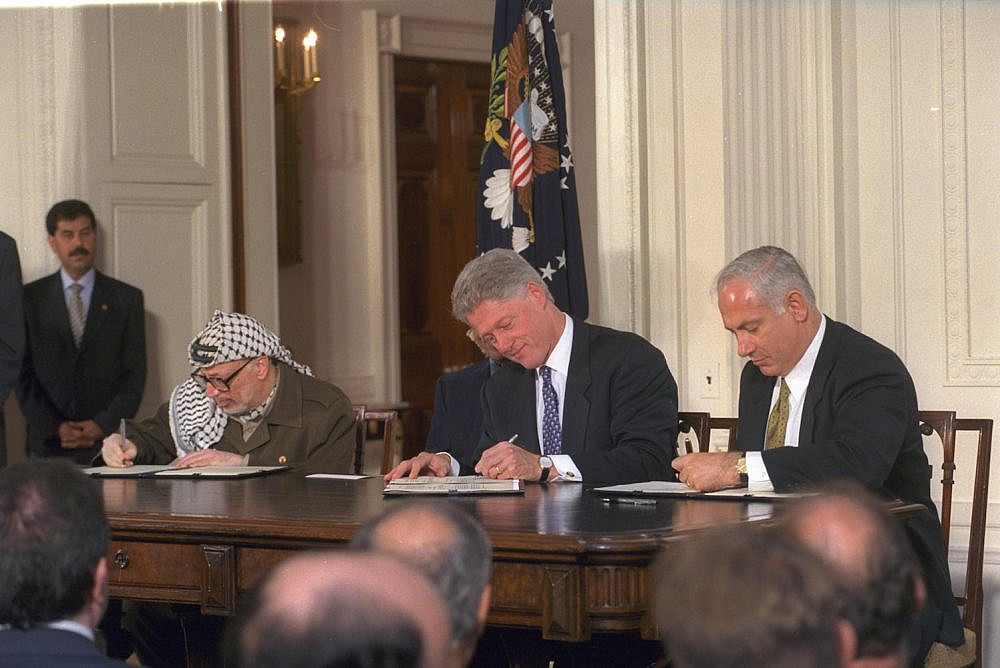 Israeli
Prime Minister Benjamin Netanyahu, President, U.S. President Bill
Clinton, and Palestinian Authority leader Yasser Arafat sign the Wye
River Memorandum at the White House, October 23, 1998. (Avi Ohayon/GPO)
Israeli
Prime Minister Benjamin Netanyahu, President, U.S. President Bill
Clinton, and Palestinian Authority leader Yasser Arafat sign the Wye
River Memorandum at the White House, October 23, 1998. (Avi Ohayon/GPO) By Zaha Hassan January 30, 2020
By Zaha Hassan January 30, 2020Anyone paying attention to President Donald Trump’s policy on Israel over the last three years is not surprised by the contents of his administration’s so-called peace plan, which was rolled out on Tuesday. Yet many are still shocked by how brazenly the United States has legitimized the ethno-religious domination of Palestinians.
The Swiss cheese cut-out map of the area between the Mediterranean Sea and the Jordan River, showing enclaves reserved for Palestinians, strikingly resembles the Bantustans of apartheid-era South Africa. In fact, the map simply mirrors the reality on the ground as it exists today in the occupied West Bank. The proposed ceding of Israeli territory for additional Palestinian enclaves near Gaza might seem magnanimous, until one realizes that these areas sit atop a nuclear waste dump.
The U.S.’s apparent aim is to facilitate Israel’s desire to take the maximum amount of Palestinian land with the least number of Palestinians. To this end, two relevant stakeholders were at the White House this week: Israeli Prime Minister Benjamin Netanyahu, and the leader of the Israeli opposition Benny Gantz. No Palestinians were needed, since the “Deal of the Century” is, in effect, a memorandum of understanding between the U.S. and Israel over how much Palestinian territory to annex.
The plan doesn’t foreclose Israel’s taking of even more Palestinian land in the future. This is because, before Palestinians can even hope to have a state of their own, they must declare that the Greater Israel envisioned under Trump’s plan is the “nation state of the Jewish people.” Once Palestinians recognize those expanded borders, make the above declaration, and meet other unattainable benchmarks — including ending all resistance to their ongoing oppression — negotiations can begin. Only then will the U.S. support “designating territory for a future [Palestinian] state.”
Regardless of whether Palestinians accept the plan, Israel now has America’s blessing to annex most of the West Bank, with the promise that the U.S. will extend political recognition to those territories. As such, there is no way to understand this plan or look at the attached conceptualized map without calling it by its name: apartheid, designed and sanctioned by the U.S. government.
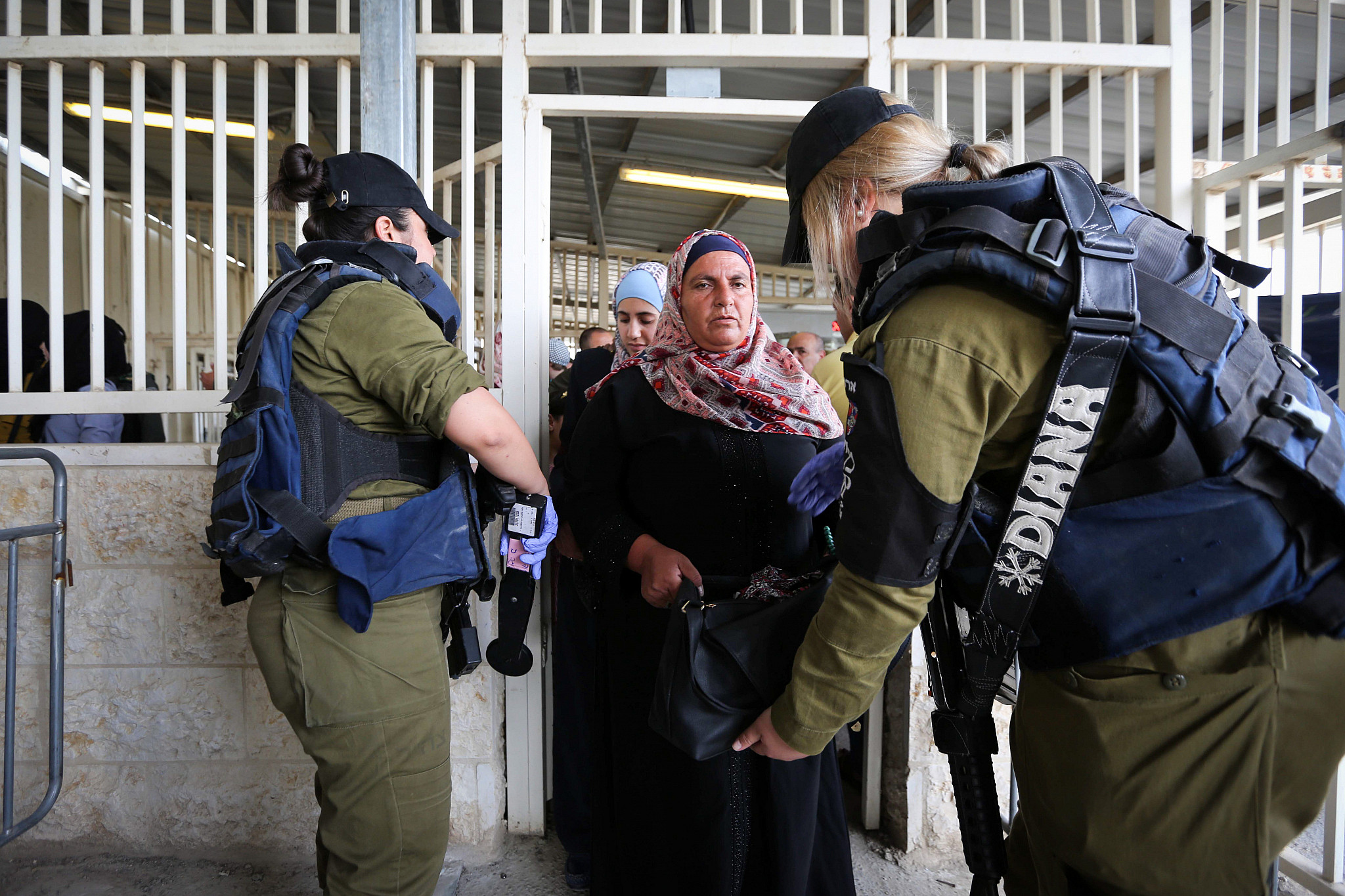
The reaction of the international community thus far has largely been milquetoast. The EU reiterated its support for a two-state solution, as did several Arab states. Democrats have been more critical, calling the plan an attempt to influence foreign elections, but the remedy is the same: a return to bilateral negotiations and a “viable two-state solution.”
This position ignores the elephant in the room. What has made a peace agreement illusive between Israelis and Palestinians is not the lack of active U.S. engagement with both parties, or insufficient rounds of bilateral negotiations. There has been no peace agreement because Israel, backed by the U.S., is unwilling to address the root cause of the conflict: the forced mass displacement of Palestinians and the expropriation of their land that began before 1948 and continues until today. America’s failure to compel Israel to accept its responsibility for Palestinian exile, to engage in meaningful negotiations, and to end Palestinian statelessness is what has emboldened Israel’s ongoing colonization.
The subjugation of Palestinians and the disregard for their rights and humanity did not begin with the Trump administration. President Bill Clinton’s peace parameters showed similar indifference when he called on Palestinians to cede parts of Arab East Jerusalem for the benefit of Jewish settlers, and to temper their expectations regarding the return of Palestinian refugees to their original homes.
Likewise, President George W. Bush was not concerned for Palestinian rights when he assured Israeli Prime Minister Ariel Sharon — in writing — that the U.S. did not expect Israel to completely withdraw from the occupied territories. Bush also accepted the demographic changes resulting from Israeli settlement as immutable, and declared that all Palestinian refugees should be resettled in a future Palestinian state — not their historical homes.
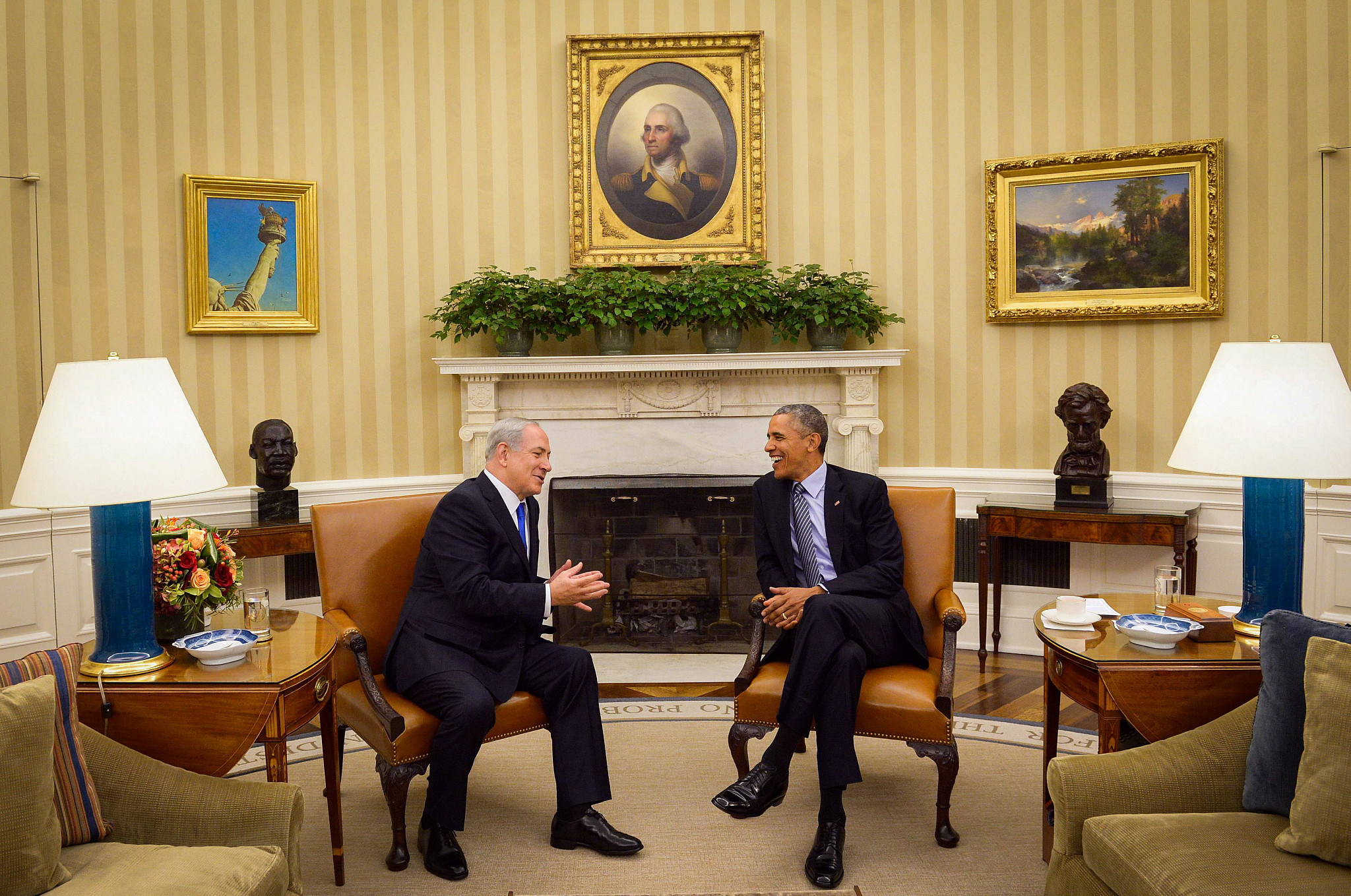
President Obama went further by stating that “everyone knows . . . a lasting peace will involve two states for two peoples: Israel as a Jewish state and the homeland for the Jewish people, and the state of Palestine as the homeland for the Palestinian people.” The Obama administration believed that by supporting such a parameter, Israel might be encouraged to end settlement expansion and accept Palestinian statehood. It in fact had the opposite effect: settlement building accelerated during Obama’s eight years in office.
Despite this, only days before President Trump was to take office, the Obama administration officially made Palestinian recognition of Israel a parameter for negotiations. This, along with the permissive environment created under Trump’s administration, gave the Israeli Knesset a green light to pass the quasi-constitutional Jewish Nation-State Law in July 2018, which ensures that Jewish people have the exclusive right to self-determination anywhere Israel decides to extend its sovereignty.
That the Trump plan requires Palestinians to first recognize Israel as the nation-state of the Jewish people before the U.S. even contemplates designating territory for a future Palestinian state should be understood not only as a way to end refugee claims and legitimize land expropriation, but as an opening for the displacement of Palestinian citizens of Israel in the future. The plan hints as much by referring to the possibility of ceding communities within Israel that have a high density of Palestinian citizens to a future Palestinian state. Those Palestinian citizens, like the rest of their brethren, need not be consulted.
What is needed now is not chest-pounding or handwringing about returning to bilateral negotiations and a viable two-state solution. What is needed is for policy-makers in the U.S. and abroad to reassess their support for political solutions that would sanction the supremacy of one people over another. If that conversation does not take place now, in a world where ethno-nationalism is on the rise, Trump’s “Deal of the Century” will become the shame of the century.
Israel lobby prompts federal investigations over Palestine events

Trump’s order is meant to shield Israel from criticism on US campuses.
Gripas YuriAbaca via ZUMA Press) Nora Barrows-30 January 2020
Nora Barrows-30 January 2020
The US Department of Education has opened two separate investigations into the University of California at Los Angeles because of events that discussed advocacy for Palestinian rights.
The investigations have been prompted by complaints filed by Israel
lobby groups, which allege that Palestine-related education or advocacy
on campus is inherently anti-Semitic and discriminates against Jewish
students.
They follow US President Donald Trump’s executive order,
signed in December, which allows mere accusations of anti-Semitism
against campus critics of Israel to result in lengthy inquisitions by
the government.
Israel lobby groups recently filed similar complaints against Columbia University and Georgia Tech.
In November, before the executive order, the Department of Education’s Office for Civil Rights opened an investigation into
New York University, after an Israel-aligned student claimed that the
presence of Students for Justice in Palestine created a “hostile
atmosphere.”
The Middle East Studies Association’s committee on academic freedom has called on NYU’s president to reject “all efforts to weaponize allegations of anti-Semitism in order to advance a political agenda.”
An investigation that was previously closed by the US government against Rutgers University in 2014 was re-opened in 2018 by the Office for Civil Rights.
That office is led by Kenneth Marcus, who as an Israel lobbyist working
outside the government pioneered the strategy of filing complaints to
the Department of Education under Title VI of the 1964 Civil Rights Act.
The complaints typically allege that universities fail to protect Jewish
students by not cracking down on Palestine solidarity activism or
teaching about Palestine.
Marcus developed this lawfare strategy when he was head of the Brandeis
Center for Human Rights, an Israel lobby group unaffiliated with
Brandeis University.
Marcus will adjudicate the findings of these new investigations. He
could determine if universities like UCLA will lose federal funding for
not suppressing student advocacy for Palestinian rights.
Smears
One of the investigations into UCLA was instigated by the Zachor Legal Institute, an anti-Palestinian think tank that claims it is “taking the lead” against the boycott, divestment and sanctions (BDS) movement for Palestinian rights.
In November 2018, student activists from around the country gathered at the national conference of Students for Justice in Palestine to build anti-racist organizing strategies.
Mere hours after the conference began, the Zachor Legal Institute filed a federal complaint against UCLA.
The complaint alleges that the university expressed an “intentional act
of anti-Semitism” in hosting the conference. It added that SJP is a
“terror front” and claimed that the conference was an “attack on Jewish
students.”
See Zachor Legal's other Tweets
Following Trump’s executive order, the US Department of Education
accepted the group’s federal complaint and opened the investigation.
Leading up to – and during – the conference, student activists were subjected to a relentless smear campaign and targeted attacks by Israel lobby groups, UCLA administrators and local lawmakers.
While pro-Israel advocates pushed for UCLA to cancel the conference, members of the Los Angeles city council unanimously passed a resolution condemning
Students for Justice in Palestine. The motion alleged that the
conference “undoubtedly would promote anti-Semitism” and that Jewish
students on campus would face discrimination.
A week before the LA City Council’s resolution, the UCLA administration sent students a cease and desist letter claiming that
their illustration of a bear on conference promotional materials
violated the university’s trademark. The Bruin bear is the university
mascot.
UCLA backed down after receiving a letter from the civil rights
organizations Palestine Legal and the American Civil Liberties Union.
These complaints and the newly opened investigations are meant to have a
sharp chilling effect not just on students and professors but on
university administrations, Amira Mattar, a legal fellow at Palestine
Legal, told The Electronic Intifada.
“It’s strong-arming universities to be censors, to cut Palestine advocacy or risk their funding,” Mattar added.
Attacking free speech
The second UCLA investigation was instigated by the Israel lobby group StandWithUs, which alleges that a Palestinian professor did not take a sufficiently pro-Israel position during a discussion with a student.
In May 2019, professor Rabab Abdulhadi, who teaches at San Francisco
State University and has been a longtime target of Israel lobby groups, gave a lecture at UCLA about Islamophobia and settler colonialism.
During the question and answer session, “a student told Abdulhadi that
as a Jew she identified with the political ideology of Zionism and was
offended by being placed ‘in the same category as a white supremacist,’”
according to Palestine Legal.
Abdulhadi responded “that she respects the student’s feelings but does not agree with them,” the civil rights group added.
Several students claimed that the lecture was a form of hate speech and said they planned to file a complaint to the university.
UCLA conducted an internal investigation and concluded months later that there had been no wrongdoing or discrimination.
In its complaint, StandWithUs claims that the university did not adequately punish Abdulhadi.
“The logical conclusion of this argument is that federal law requires
UCLA to intervene when professors fail to support Israel,” Palestine
Legal warns.
Micromanaging academia
Meanwhile, members of Congress are calling on
Betsy DeVos, the US education secretary, to pull federal funding from
universities that have Middle East studies programs where members of
faculty support the academic boycott of Israel.
So now BDS is an academic field and it means studying the entire Middle East https://www.jns.org/congress-members-call-on-devos-to-deny-taxpayer-funds-for-bds-studies-on-campus/ …
23 people are talking about this
Invoking Title VI of the Higher Education Act, the lawmakers insist that
Middle East Studies National Resource Centers – which are housed at
many US universities – are “misusing” their federal grant funds because
directors and members of faculty support the academic boycott.
Title VI of the Higher Education Act provides federal funding for
foreign language and area studies. It is unrelated to Title VI of the
1964 Civil Rights Act and is not supervised by the Office for Civil
Rights or Kenneth Marcus directly.
However, Marcus does have influence, Mattar told The Electronic
Intifada, “because when he was at the Brandeis Center, he led this
campaign to cancel all Title VI funding of Middle East Studies programs
because of their [alleged] bias against Israel.’”
The lawmakers cite DeVos’ threats last
September against Duke University and the University of North Carolina
over a conference focused on Gaza, which was sponsored by the Duke-UNC
Consortium for Middle East Studies.
DeVos threatened to cut funding to Middle East Studies unless the
universities provided a “revised schedule of activities that it plans to
support for the coming year, including a description demonstrating how
each activity promotes foreign language learning and advances the
national security interests and economic stability of the United
States.”
Mattar called it an unprecedented “micromanagement of the content of
academic affairs” because the department was deemed too sympathetic to
Palestinians.
UNC and Duke University settled with the government and are looking into
ways to be in compliance with the government’s demands, she added.
“They’re in a position where they can’t actually explore academic content – it’s confined now, it’s limited,” Mattar said.
In addition, Congress member Denver Riggleman of Virginia called on
DeVos to block federal funds from Georgetown University, claiming that
the institution’s faculty at the Center for Contemporary Arab Studies
are anti-Semitic due to their support of the BDS movement.
The letter from @RepRiggleman to @BetsyDeVosED asking for a review of funding for @Georgetown @ccasGU because of alleged anti-Israel bias. https://twitter.com/kampeas/status/1204939866083143681 …
22 people are talking about this
Mattar said that although these threats are lingering over the heads of
students, faculty and university administrators, students are continuing
their advocacy for Palestinian rights “the way that the US Constitution
permits it.”
Trump’s unilateral action to implement a distorted definition of
anti-Semitism in order to silence Palestine rights campaigners “should
not change their movement for justice, equality and peace, despite the
backlash and the smearing. Your First Amendment rights remain
unchanged,” she explained.
Subscribe to:
Posts (Atom)




